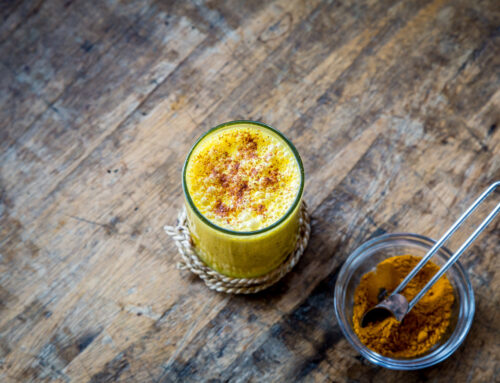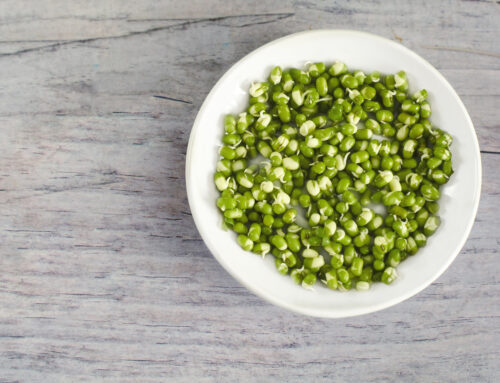 In our most recent blog post, we talked about managing your raw food kitchen and how to organize your refrigerator and pantry to make sure that food stays fresh and to minimize spoilage. Today we’ll share some tips on daily and weekly routines you can establish to streamline your time in the kitchen and make it easier to maintain a raw food lifestyle. Once you establish these habits, they will become second nature, and you’ll see how easy it is to prepare healthful raw vegan meals in a jiffy.
In our most recent blog post, we talked about managing your raw food kitchen and how to organize your refrigerator and pantry to make sure that food stays fresh and to minimize spoilage. Today we’ll share some tips on daily and weekly routines you can establish to streamline your time in the kitchen and make it easier to maintain a raw food lifestyle. Once you establish these habits, they will become second nature, and you’ll see how easy it is to prepare healthful raw vegan meals in a jiffy.
Do Daily Rinse sprouts and soak nuts and seeds in the morning while you are preparing your fruit or making a fruit smoothie.
• Rotate your fruit to ensure even ripening, and check your greens (kale, lettuce, spinach, etc.) to see if they need to be refreshed and to make certain you have enough for meals.
• To save time in the morning, make orange juice for smoothies in advance and refrigerate or even freeze it for a few days. The juice will separate and lose some of its vitamin C content, but it will retain most of its flavor.
Do Once a Week (perhaps on the weekend)
• Buy fresh fruits, vegetables, nuts, and seeds for the coming week. When you return home, wash your vegetables and put them in sealed containers in the refrigerator to ensure longer life and make them more convenient to use when you need them.
• Wash and prepare all vegetables for juice and store them in sealed containers.
 • Wash, dry, and prepare all greens and vegetables for salads and store them in sealed containers.
• Wash, dry, and prepare all greens and vegetables for salads and store them in sealed containers.
• Chop vegetables for salads and soups twice a week and store them in sealed containers in the refrigerator for quick meals. Do not precut avocados, cucumbers, leafy greens, peppers, or tomatoes, as they need to be added fresh the day they’re eaten.
• Make a couple of raw soups and store them in glass jars in the refrigerator.
• Make one or two salad dressings that can be altered using different herbs. For best results, do not use fragile ingredients, such as cucumbers or fresh peppers, if you expect to keep the dressing in the refrigerator for more than a couple of days. Be cautious when adding hot chilies to dressings, because their heat becomes more intense over time.
 • If you desire, make a few raw entrées, dehydrated snacks, sauces, or desserts in advance. Popular choices include nut or seed burgers, dehydrated crackers and cookies, hummus, and marinara sauce for vegetable noodles.
• If you desire, make a few raw entrées, dehydrated snacks, sauces, or desserts in advance. Popular choices include nut or seed burgers, dehydrated crackers and cookies, hummus, and marinara sauce for vegetable noodles.
• Make one batch of vegetable or legume pâté.
• Freeze bananas for ice creams and shakes.
Do Occasionally
• Once a month, peel garlic cloves, mince or press them, place them in a jar, and cover them with olive oil. The garlic will keep for 1-2 weeks.
• Make pesto sauce and freeze it in small jars for convenience. That way, you can buy large quantities of basil in season and have it available for several months when basil is at a premium or unavailable.
• Juice lemons and freeze the juice in ice cube trays. As soon as the juice is frozen (usually overnight) remove the cubes and store them in a sealable plastic bag or plastic container. A standard ice cube is 2 tablespoons, making it easy to know how many to defrost when your recipe calls for lemon juice. This also works well with ginger juice!
If you wish to eat more (or all) raw food but find yourself still eating prepared cooked foods because of their convenience, be gentle with yourself. Add just two extra pieces of fruit or one large salad each day for now. Then as soon as you can, try a raw recipe … and if you like it make it again with a friend!
If you tell yourself you must have a supply of delicious raw concoctions on hand before you make any changes, you run the risk of never getting started. Allow yourself baby steps, and eat whatever amount of familiar food you need in order to keep the transition from feeling overwhelming. Make the journey easy and fun … you won’t look back! Here’s an easy tip for how to chiffonade leafy greens from our director Cherie Soria. For information about our culinary and nutrition classes and certification programs, visit RawFoodChef.com or call 707-964-4755







